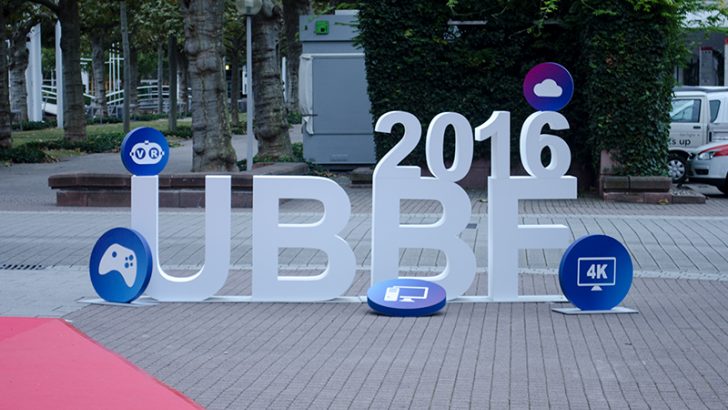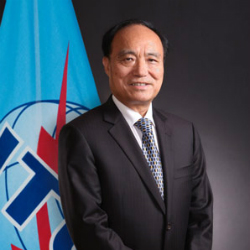

At the Ultra Broadband Forum (UBBF) 2016, Houlin Zhao, Co-Vice Chair of the Broadband Commission and ITU Secretary-General, delivered an interesting update on connectivity. He then set out some of the future goals of the ITU. Some of the numbers that Houlin delivered will surprise many people. The explosion of mobile devices has now reached over 7.3 billion. This exceeds the population of the planet according to Houlin.
Despite the number of devices, less than half the global population has access to some form of broadband. Only 41% of households were online by the end of 2015. The majorioty of those connected, come from well developed countries. Even here connectivity is still not ubiquitous with penetration between 80-90%. In less developed countries the figure is very low at just 15%. More importantly, that number is below the target that ITU and the UN set out five years ago.
Solving the infrastructure problem with wireless and mobile
What is making a significant shift to connectivity is wireless and mobile. There are large portions of the planet where it is not possible to cost effectively deploy copper or fibre. In these areas wireless is the only solution. While Houlin did not talk specifically about wireless it has had a significant impact in Africa. It has improved connectivity, driven innovation, created new services and led to an increase in GDP.
An example of this is mobile banking. 10 years ago there was little access to banking for large numbers of people in Africa. Today, there are over 10 new banks that have no branches. They are simply virtual banks using online apps to allow people to make micro-payments, transfer money between themselves and gain access to micro-loans to start businesses.
Wireless is also able to increase the speed of connectivity in many hard to reach parts of the world. The cost of laying in copper or fiber means an ROI that is measured in years. Wireless can deliver that ROI in just months making it a very attractive infrastructure solution. Despite this, Telefonica has just failed to sell its infrastructure business, Telxius. Although this was more about concerns over its cable laying business than telecom tower unit.
The fiscal benefits of increasing broadband connections
According to Houlin: “To increase 10% of Broadband connections would make an increase of at least 1-1.5% of global GDP.” At a time when global growth is slowing, this is a significant jump.” Houlin also went on to say: “Broadband is an enabler for socio-cognitive development. Without ICT, development goals will not be achieved.”
There is an accelerating shift towards online education over the last few years. This is not just about distance learning. Many of the worlds leading universities are putting much of their own content online for free. Alongside this, the technology community is providing a lot of free training. Taken together, the two have the potential to significantly increase educational standards and provide the next generation of employees for companies.
Telco’s seen as a gold mine by government
Houlin made the point that the telco business is seen as a gold mine by many people, especially governments. There is pressure from the public and regulators to drive prices lower. At the same time they complain about the need for telcos to roll out more infrastructure to improve coverage. It was interesting to hear Houlin say: “It is important for heads of state to support telcos. They have to encourage them to go to poor areas and create a good environment to get them there.”
The challenge here is what support means. In the UK, for example, support means lambasting telcos for not doing more. In countries such as China it means not charging for spectrum and allowing telcos to use that money to build out their infrastructure.
The ITU and the UN are setting the bar high, according to Houlin: “By 2020 we want to have 55% of households connected by broadband. It was 41% by the end of 2015 and that means connecting 1.5 billion more people by 2020. We need to invest in the infrastructure investing $450 billion over the next 5 years. The World Bank said it will not be easy to find this money for ICT infrastructure development.
“Carlos Slim considers this the minimal amount and not sufficient. It is just $90 billion per year and he would like it to be doubled. He thinks the money is not that difficult if private sector investment is made attractive. The World bank and other governments have the capacity to make that investment but they need the support from heads of state.”
Conclusion
There is a lot of talk about a connected world but we are still less than half the way there. To expand connectivity there is a need for investment and that will challenge many governments who see spectrum as a cash cow. The ITU is now calling on governments to invest in infrastructure rather than rely on just the telco’s to do it. Will that happen? It’s a great goal but even with the promise that investment in infrastructure will bring an increase in GDP, the timescale is too long for many governments.


























[…] The ITU Secretary-General, Houlin Zhao has called on governments to invest in broadband infrastructure and help drive an increase in global GDP. […]